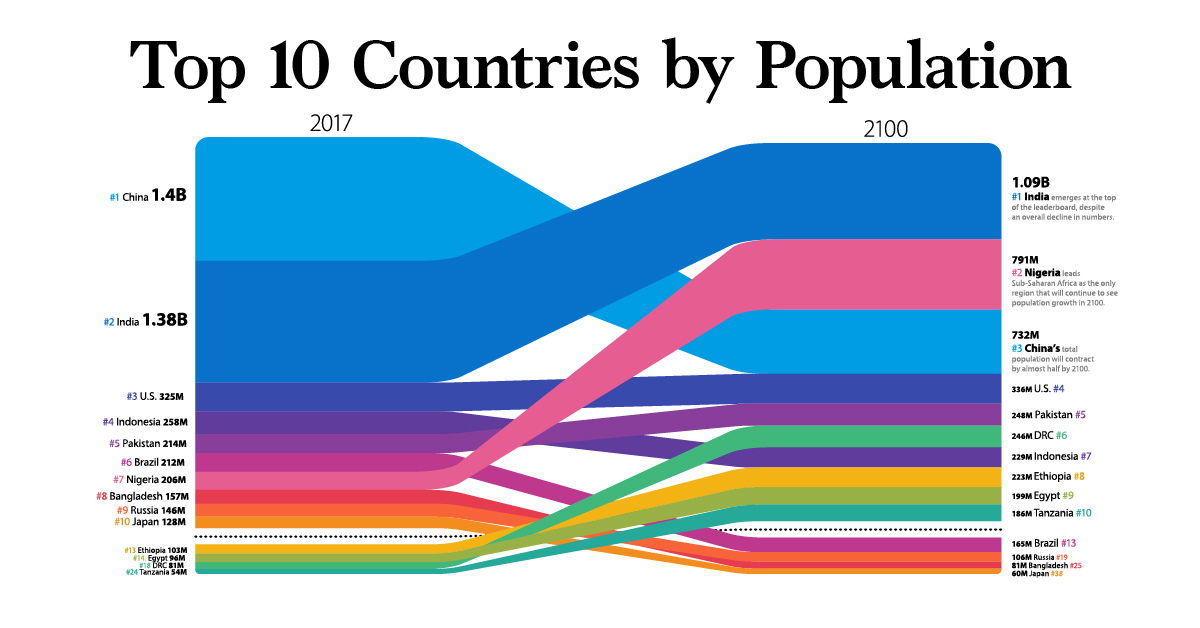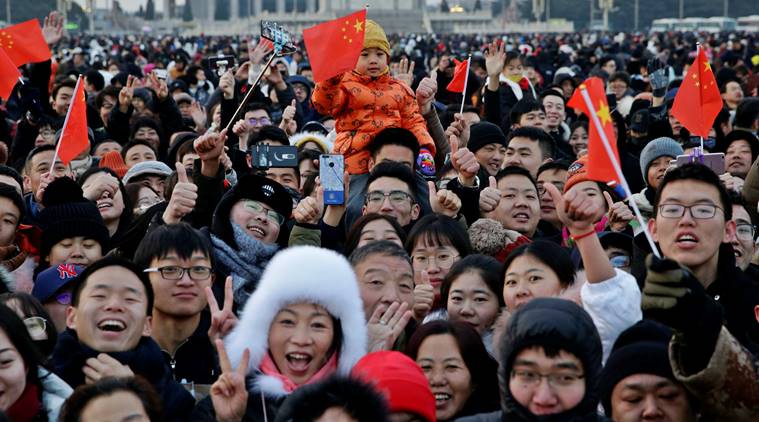According to a report by the UN Population Fund (UNPF), the world population reached a whopping 8 billion on Tuesday!
Much of this jump from 7 to 8 billion has come from Africa and Asia, which are also expected to drive another billion to the world population by 2037.
India remains the largest contributor to this milestone, adding 177 million people. The report suggests that India will surpass China as the most populous nation by next year.
Full Story

Additionally, the world has added a billion to its population after 12 years. The next billion milestones are expected to be hit in another 14.5 years (2037) pertaining to a slowdown in global growth.
The population could grow to 8.5 billion in 2030 and 9.7 billion in 2050. This is the slowest growth in the global population observed since 1950.
While the world hits its next billion, the report suggests that China’s contribution will be negative. Simultaneously, Europe will follow China due to its declining population.

“India, the largest contributor to the 8 billion (177 million) will surpass China, which was the second largest contributor (73 million) and whose contribution to the next billion will be negative, as the world’s most populous nation by 2023,” UNFPA said
Furthermore, the world population is said to peak at 10.4 billion people during the 2080s and will remain so till 2100.
The report further suggests that the jump from 7-8 billion has mostly come from low-income and low-middle-income nations. To go from 8 to 9 billion, these countries are expected to contribute 90% of global population growth.
The boost in population below 65, between now and 2050, is said to occur mostly in low-income and low-middle-income nations as high-income and upper-middle-income countries will ace the population above 65.

The World Populations Prospects released in July 2022 states that India’s population stands at 1.412 billion in 2022 while China is at 1.426 billion. Moreover, India is projected to have a population of 1.668 billion in 2050 while China rests at 1.317 billion people.
The Under-Secretary-General for economic and social affairs Liu Zhenmin said that countries with low population growth should prepare for a population above 65 years or a decline in population size
China provides a clear example. With the rapid aging of its population due to the combined effects of very low fertility and increasing life expectancy, growth of China’s total population is slowing down, a trend that is likely to continue in the coming decades,” Liu said.

The population of people over 60 years in China is projected to reach 28 percent by 2040, due to longer life expectancy and declining fertility rates,” said the WHO while pointing out that the fastest aging population in the world resides in China.
In 2022, China and India accounted for 1.4 billion people each in the most populous regions of Eastern Asia and South-Eastern Asia.
A majority of the projected increase in world population till 2050 is expected to be concentrated in countries like the Democratic Republic of the Congo, Egypt, Ethiopia, India, Nigeria, Pakistan, the Philippines, and the United Republic of Tanzania.
ALSO READ –
Explained: What Is Digital Rape? How Can Offenders Be Prosecuted Under It?



















































































